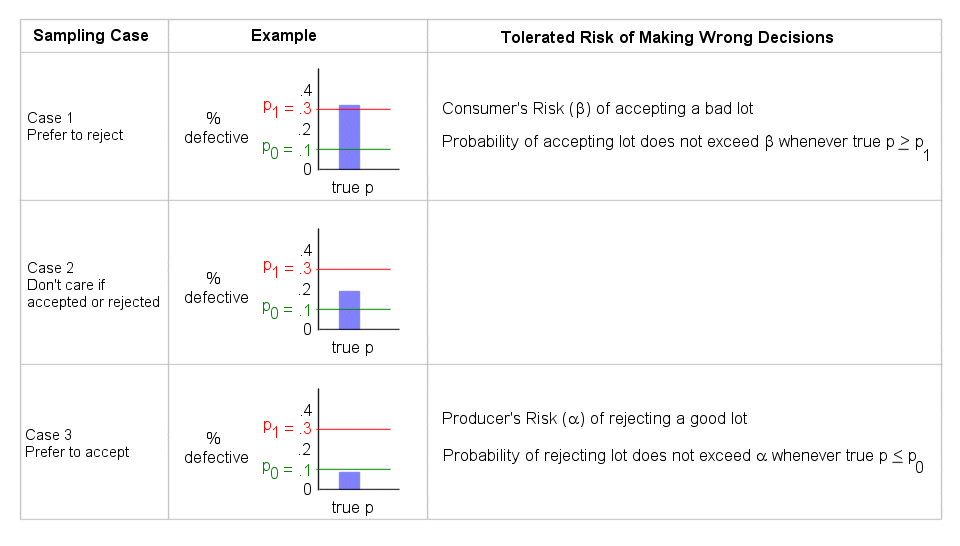
The data consists of 56 imaging measurements on 2019 human breast cancer cells. ( 2007), who developed an automated microscopy laboratory tool for cancer research. We use a classification data set to demonstrate model tuning in this and the next chapter. It might make sense to choose the empirically best parameter combination or bias the choice towards other aspects of the model fit, such as simplicity. The process (and syntax) closely resembles the approach in Section 10.3 that used the fit_resamples() function from the tune package.Īfter resampling, the user selects the most appropriate candidate parameter set. Resampling methods or a single validation set work well for this purpose. To choose the best tuning parameter combination, each candidate set is assessed using data that were not used to train that model. 20.1 Creating the Training Set for Stacking.19 When Should You Trust Your Predictions?.18.4 Building Global Explanations from Local Explanations.17.3.1 Effect encodings with partial pooling.17.3 Using the Outcome for Encoding Predictors.16.5.4 Uniform manifold approximation and projection.16.2 A Picture Is Worth a Thousand… Beans.16.1 What Problems Can Dimensionality Reduction Solve?.15.1 Modeling Concrete Mixture Strength.14.3.1 Simulated annealing search process.13.4 Tools for Creating Tuning Specifications.12.5 Two general strategies for optimization.12.4 The consequences of poor parameter estimates.12.2 Tuning Parameters for Different Types of Models.12 Model Tuning and the Dangers of Overfitting.11.2 Comparing Resampled Performance Statistics.11.1 Creating Multiple Models with Workflow Sets.10.2.4 Rolling forecasting origin resampling.10 Resampling for Evaluating Performance.8.4.1 Encoding qualitative data in a numeric format.8.1 A Simple recipe() for the Ames Housing Data.7.5 Creating Multiple Workflows at Once.7.4.1 Special formulas and inline functions.

7.4 How Does a workflow() Use the Formula?.7.3 Adding Raw Variables to the workflow().7.1 Where Does the Model Begin and End?.5.4 Other Considerations for a Data Budget.4.1 Exploring Features of Homes in Ames.3.4 Combining Base R Models and the Tidyverse.3.3 Why Tidiness Is Important for Modeling.2.1.3 Design for the pipe and functional programming.1.5 How Does Modeling Fit into the Data Analysis Process?.1.3 Connections Between Types of Models.


 0 kommentar(er)
0 kommentar(er)
